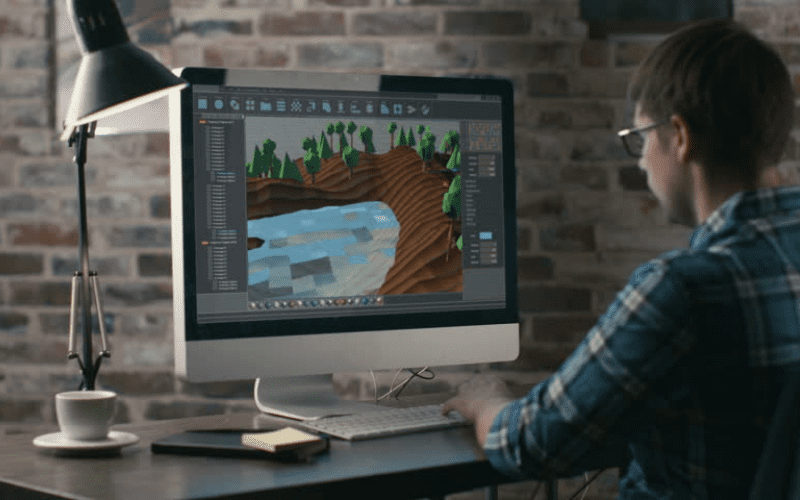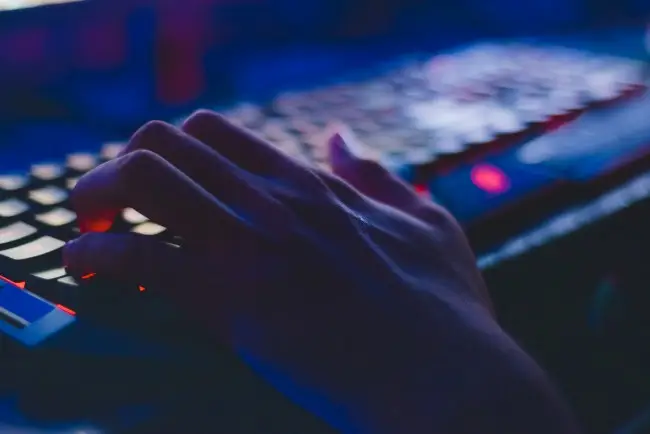Brands
Training Categories
Microsoft Technical
Microsoft End User
Game Designer
Game Designer Job Description
Game designers create the concepts and worlds of video games. They are involved with the design of the genre, environment, story, characters, gameplay system, objectives and user experience of video games.
A Game Designer is the creative force behind the development of a video game. They are the originator of the game concept and will develop it through to its final release. Game Designers author the storyline, writing the plot points, character development, and game objectives that drive the game. The designer will work within the rules of the genre of the game, with real innovation occurring when the genre is pushed to its limits or reinvented.
Game Designers establish the aesthetics, mood and look of the game which is integral to the game’s individual appeal and marketability. The user experience must always be considered during the development process, as players need to feel engaged and rewarded by the game to continue playing.
The game development process is all about teams from different disciplines (creative and technical) working in tandem and communicating their requirements to each other. It is the Game Designer’s job to ensure that teams and team dynamics work effectively to finish on schedule and on budget.

Role and Responsibilities
Game Designers are charged with developing game concepts whether they be their own original idea, a commissioned idea or a game based on another medium such as a film.
Whatever the scope of the task, the role of the Game Designer requires a mix of creative, managerial and technical responsibilities.
Most illustrators will specialize in certain book genres and build up a clientele over the course of their careers. Professional relationships with editors and publishing houses is also key to attaining commissions and recommendations for work.
The responsibilities of a Game Designer can include:
- Design and develop the original concept
- Construct level structure
- Write storyline, character bios, dialogue, plot points, game objective
- Storyboard the action of the game
- Conceive every element of the game including rules, setting, objects, vehicles, weapons, flora, fauna, etc,
- Direct action sequences
- Define user interface, menus and controls
- Generate the Game Design Document (GDD)
- Develop early prototypes
- Decide on the devices and platforms on which the game is played
- Define the user experience
- Work with programmers to design the back end of the game
- Research target audience to understand what they want in the game
- Create storyboards and write scripts
- Lead the development process
- Produce sound effects, dialogue, musical score, sound mix and sound edit
- Manage quality assurance testing, and follow up on feedback
- Oversee the marketing and distribution roll-out
- Ongoing development and versions of the game
Game Designer Software and Tools:
The software required by a Game Designer:
Game Designers should have a solid knowledge of 3D animation, illustration and programming languages. Even if they are not using the software themselves they need to be able to manage workflows of the creative and technical teams.
A basic understanding of system building is also required, as they will have to work with the System Designer to implement the suite of programs that will be used to create the game.
Software that Game Designers may use include:
Creative teams:
- Unity
- Maya
- Adobe Creative Suite
- Substance Painter
- Unreal 4
Technical teams:
- C
- C++
- Unreal 4
Programmers will often be required to script custom software to meet the specific needs of the game. Game Designers need to know when to commission these, how to schedule and budget for them, and how to potentially market them out into the industry.
Skills Required:
The game development process will require a series of skills that demand a lot from a Game Designer. They are required to see the big picture of the game and then develop the intricacies of game development that will bring it to life.
A Game Designer would require these skills:
- Creativity - designing the world of the game, characters, storyline, visual style
- Strong analytical mind
- Programming skills
- Solid knowledge of the gaming industry, how games work and the latest trends
- Good communication skills - liaising between departments and ensuring they are communicating effectively between each other
- Leadership skills - managing the production process, scheduling, budgeting, keeping all the departments on track
- Technical knowledge - understanding the software and systems that bring the game to life
- Focus - the ability to think about the big picture while dealing with the daily production issues that arise.
Average Salary:
The average wage for a Book Illustrator ranges from £29,095 for junior game developers to £65,009 for senior developers







